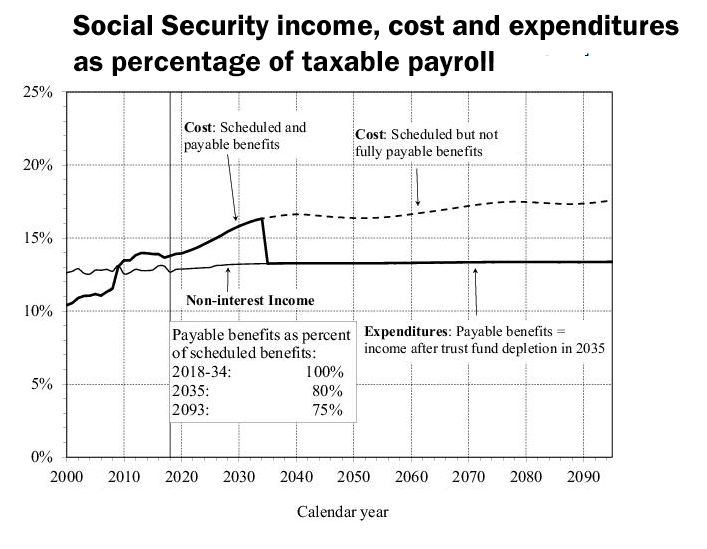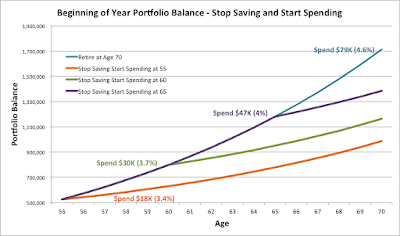
Many features make it easy to invest and manage your money with the best 401(k). You will find a simple brokerage interface and customizable options for investing. On average, a 401(k) plan has eight to twelve investment options that range from mutual funds only to stocks, variable annuities, and other assets.
Investing in low-cost index funds
Index funds that are low-cost for your 401(k) plan can be a great way of increasing your retirement savings. Many 401(k), plan participants don't know much about investing. It is essential to understand the different investment options in order to maximize your retirement savings. It doesn't matter if your company has pre-designed portfolios. You need to be able to understand the different options and how they work.
Index funds are low price mutual funds that follow a financial index. They mimic the performance of the market index and are often a low-cost alternative to actively managed funds. Index funds can either be mutual funds or exchange traded funds. They cover both domestic and international investment styles. Some index funds track obscure asset classes or are not usually part of 401(k).

401(k) custodian's ease-of-use
If your company offers a 401(k), the custodian takes care of the administration and record keeping. They provide statements to participants and file reports with the government. They ensure that the plan's fees have been paid. There are many things to take into consideration before you choose a custodian of your 401k plan.
First, you should look for ease of usage. An 401(k), custodian should make it easy for you to view and transfer funds. Find out whether automatic payments can be set up. This is especially important for those who don't have much experience with 401 (k) plans.
Investment options available for 401k plan providers
Employees have the choice of how they invest their 401(k), plans. Employers also have the opportunity to match employee contributions with stock. This allows an employer to put a higher percentage into the plan. It can also strengthen the employee's commitment.
Variable annuities might be available as an investment option to 401(k). These investments combine both mutual fund investing and insurance. These investments have a longer term and offer the possibility to recover losses and compound earnings. In addition, some of these investments may be designed to provide regular income and preserve capital.

Fees for 401(k), plan providers
401(k) plan providers charge administrative fees to maintain the plans and administer the investments. These fees can be used for plan setup, recordkeeping as well as auditing, compliance, support and other expenses. Some providers charge additional fees for investment advice, customer support representatives, and web site hosting. These fees can be paid either by the employer or as a percentage the plan balance. The fee disclosure documents should clearly state the fees charged by plan providers.
The Department of Labor established two rules in 2012 to ensure plan sponsors disclosed the fees they were charged by their 401k plan providers. These rules require service providers and plan sponsors to be clear about what they charge. They also provide the information needed to make the best decisions possible for plan participants. Despite these requirements, some plan participants continue to think they pay nothing for their 401(k) plans.
FAQ
How to Beat Inflation with Savings
Inflation is the rise in prices of goods and services due to increases in demand and decreases in supply. Since the Industrial Revolution people have had to start saving money, it has been a problem. The government regulates inflation by increasing interest rates, printing new currency (inflation). But, inflation can be stopped without you having to save any money.
For example, you can invest in foreign markets where inflation isn't nearly as big a factor. An alternative option is to make investments in precious metals. Since their prices rise even when the dollar falls, silver and gold are "real" investments. Investors concerned about inflation can also consider precious metals.
What is wealth management?
Wealth Management refers to the management of money for individuals, families and businesses. It includes all aspects regarding financial planning, such as investment, insurance tax, estate planning retirement planning and protection, liquidity management, and risk management.
Is it worth using a wealth manager?
A wealth management service should help you make better decisions on how to invest your money. You should also be able to get advice on which types of investments would work best for you. You'll be able to make informed decisions if you have this information.
Before you decide to hire a wealth management company, there are several things you need to think about. For example, do you trust the person or company offering you the service? Is it possible for them to quickly react to problems? Can they easily explain their actions in plain English
Why it is important to manage your wealth?
To achieve financial freedom, the first step is to get control of your finances. You must understand what you have, where it is going, and how much it costs.
Also, you need to assess how much money you have saved for retirement, paid off debts and built an emergency fund.
This is a must if you want to avoid spending your savings on unplanned costs such as car repairs or unexpected medical bills.
Statistics
- If you are working with a private firm owned by an advisor, any advisory fees (generally around 1%) would go to the advisor. (nerdwallet.com)
- According to a 2017 study, the average rate of return for real estate over a roughly 150-year period was around eight percent. (fortunebuilders.com)
- Newer, fully-automated Roboadvisor platforms intended as wealth management tools for ordinary individuals often charge far less than 1% per year of AUM and come with low minimum account balances to get started. (investopedia.com)
- According to Indeed, the average salary for a wealth manager in the United States in 2022 was $79,395.6 (investopedia.com)
External Links
How To
How to invest your savings to make money
Investing your savings into different types of investments such as stock market, mutual funds, bonds, real estate, commodities, gold, and other assets gives you an opportunity to generate returns on your capital. This is what we call investing. It is important that you understand that investing doesn't guarantee a profit. However, it can increase your chances of earning profits. There are various ways to invest your savings. Some of them include buying stocks, Mutual Funds, Gold, Commodities, Real Estate, Bonds, Stocks, and ETFs (Exchange Traded Funds). These methods are described below:
Stock Market
The stock market is one of the most popular ways to invest your savings because it allows you to buy shares of companies whose products and services you would otherwise purchase. The stock market also provides diversification, which can help protect you against financial loss. For example, if the price of oil drops dramatically, you can sell your shares in an energy company and buy shares in a company that makes something else.
Mutual Fund
A mutual fund is a pool of money invested by many individuals or institutions in securities. They are professionally managed pools with equity, debt or hybrid securities. A mutual fund's investment objectives are often determined by the board of directors.
Gold
It has been proven to hold its value for long periods of time and can be used as a safety haven in times of economic uncertainty. Some countries also use it as a currency. In recent years, gold prices have risen significantly due to increased demand from investors seeking shelter from inflation. The price of gold tends to rise and fall based on supply and demand fundamentals.
Real Estate
Real estate refers to land and buildings. You own all rights and property when you purchase real estate. Rent out a portion your house to make additional income. You can use your home as collateral for loan applications. The home may be used as collateral to get loans. You must take into account the following factors when buying any type of real property: condition, age and size.
Commodity
Commodities are raw materials like metals, grains, and agricultural goods. These commodities are worth more than commodity-related investments. Investors who wish to take advantage of this trend must learn to analyze graphs and charts, identify trends and determine the best entry point to their portfolios.
Bonds
BONDS ARE LOANS between companies and governments. A bond is a loan in which both the principal and interest are repaid at a specific date. As interest rates fall, bond prices increase and vice versa. Investors buy bonds to earn interest and then wait for the borrower repay the principal.
Stocks
STOCKS INVOLVE SHARES OF OWNERSHIP IN A CORPORATION. Shares represent a small fraction of ownership in businesses. If you own 100 shares of XYZ Corp., you are a shareholder, and you get to vote on matters affecting the company. You also receive dividends when the company earns profits. Dividends are cash distributions paid out to shareholders.
ETFs
An Exchange Traded Fund or ETF is a security, which tracks an index that includes stocks, bonds and currencies as well as commodities and other asset types. ETFs are traded on public exchanges like traditional mutual funds. The iShares Core S&P 500 (NYSEARCA - SPY) ETF is designed to track performance of Standard & Poor’s 500 Index. If you purchased shares of SPY, then your portfolio would reflect the S&P 500's performance.
Venture Capital
Venture capital is private funding that venture capitalists provide to entrepreneurs in order to help them start new companies. Venture capitalists lend financing to startups that have little or no revenue, and who are also at high risk for failure. They invest in early stage companies, such those just starting out, and are often very profitable.